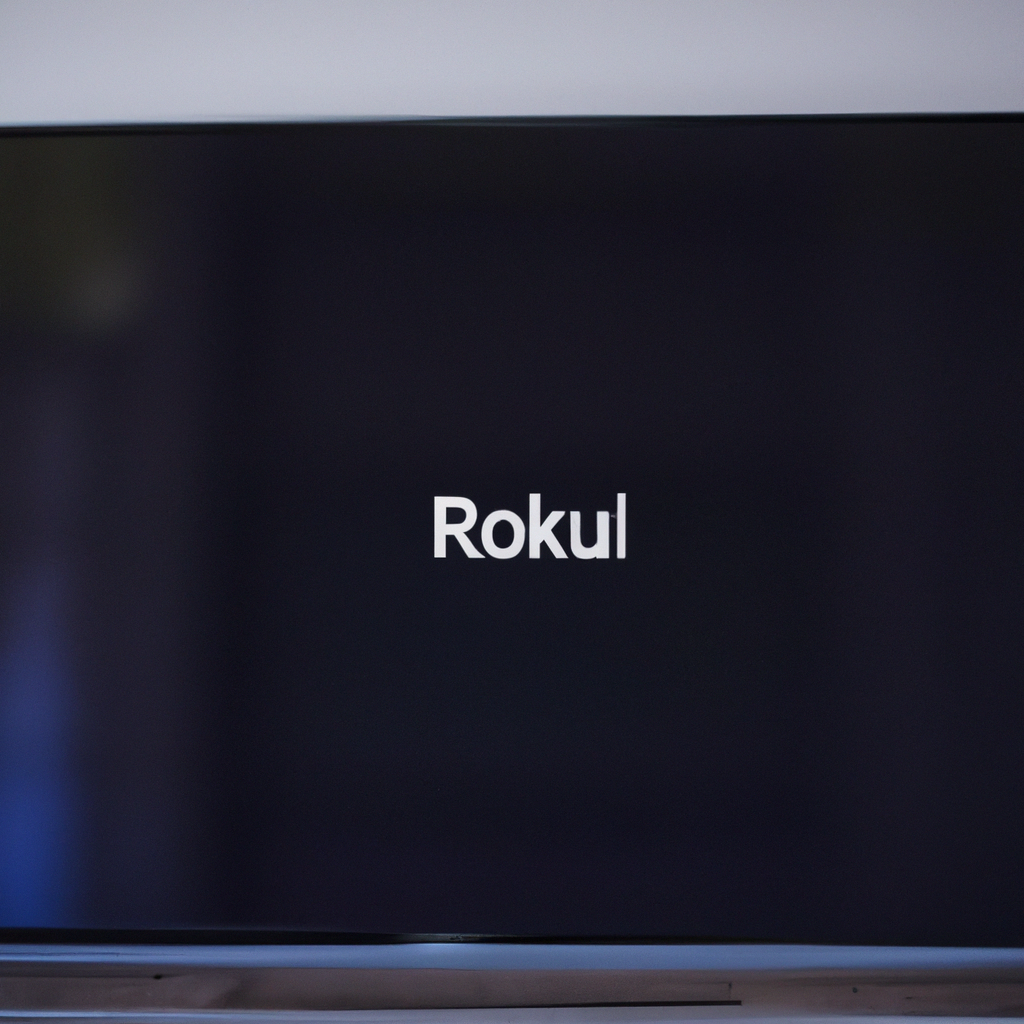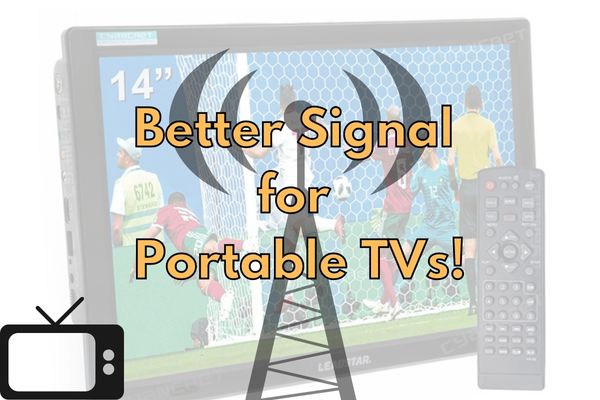In this article, we’ll be exploring exactly how to change resolution on Roku TV quickly and easily.
To change the resolution on your Roku TV, head to your device Settings menu, then select Display type and choose the appropriate resolution. Each resolution will have a unique list of supported devices, so make sure you select the right one for your TV.
First off, let’s discuss why it might be important to alter your Roku TV’s resolution. In most cases, adjusting the screen size can make images appear sharper or more vibrant – but that’s not all!
Adjusting your display mode could also help reduce lag and improve streaming performance, which is great news for anyone looking to get more from their device.
Finally, let’s take a look at how you can actually go about making changes to your Roku TV’s resolution settings. We’ll cover everything from navigating menus to finding appropriate options – so whatever model of television you own, there should be something here worth noting! Ready to learn more?
Let’s dive right in…
What Is A Roku Tv?

A Roku TV is like a dream come true for streaming enthusiasts.
It’s an amazing combination of modern technology and convenience, offering the ultimate entertainment experience.
With a Roku TV, you get access to hundreds of channels with thousands of movies, shows, and more at your fingertips – all in stunning HD picture quality that’ll make you feel like you’re right there onscreen! Plus, it has great features such as voice control and personalized recommendations so you can always find something new to watch.
What makes Roku TVs truly unique is their smart capabilities. They connect directly to the internet through Wi-Fi or Ethernet and give you direct access to streaming services like Netflix, Hulu, HBO GO, Sling TV and more without needing extra hardware or software.
You also have access to plenty of live news channels as well as music stations and sports broadcasts depending on what service package you choose. And since Roku TVs are equipped with built-in speakers, they let you enjoy your favorite content without having to buy additional equipment.
To top it off, these televisions have advanced settings that allow you to customize display preferences including resolution size which we will discuss later in this article. All in all, Roku TVs provide users with unparalleled entertainment options in one sleek device! From an instant connection to endless media possibilities – no other television compares!
Connecting Your Roku Tv To A Monitor Or Television
Once you have purchased a Roku TV, the next step is to connect it to your monitor or television.
Connecting your Roku TV requires that all cables be properly connected and configured before use.
Depending on the type of connection being used, there are several options available for connecting your Roku TV.
The simplest option for connecting your Roku TV is via HDMI cable.
This method allows for an easy one-time setup with compatible monitors or televisions.
You will need to make sure that the ports on both the device and monitor are able to accept an HDMI signal in order to successfully connect them together.
After setting up this connection, you can then begin streaming content from your favorite apps and services.
Another option would be using composite AV cables or component video cables if you’re looking for better picture quality than what’s offered by HDMI connections.
While these require more time to set up due to having multiple cords, they also provide a higher quality audio and visual experience when watching movies or playing games through your Roku TV.
If neither of these options work for you, there are still other methods such as wireless display adapters which allow you to stream content without any wires whatsoever.
Now that you know how to connect your Roku TV, it’s important to understand how changing the resolution affects the viewing experience.
Different resolutions provide different levels of clarity depending on the size and type of screen being used; so it’s important to consider this factor when setting up your device.
Additionally, some devices support 4K Ultra HD resolutions which offer even clearer visuals compared with lower resolutions – making them ideal for larger screens such as TVs or projectors!
Changing The Resolution On Your Roku Tv
Changing the resolution on your Roku TV is like switching a kaleidoscope of colors – it can be a transformative experience.
In order to maximize the resolution and picture quality, here are some steps you can take.
First, open up your Roku TV’s Settings menu by pressing the Home button on your remote control followed by *Settings*.
Then select ‘Display Type’ which will show what type of display you have, as well as its current resolution settings.
Selecting ‘Change Resolution’ from this list will give you several options for adjusting the roku tv resolution.
You can choose between Standard Definition (SD), Enhanced Definition (ED) or High Definition (HD).
Once you’ve made your selection, press OK to confirm.
Now that you’ve selected the optimal resolution setting for your television, there are still ways to further enhance image quality. Head back into Settings and look for an option titled ‘Picture Mode’ or something similar; this should allow you to customize brightness, contrast and other visual effects according to personal preference.
When finished customizing these settings, hit OK again to save them.
Having adjusted the resolution and optimized the visuals of your viewing experience, now all that’s left is to sit back and enjoy! With any luck, following these simple steps should leave you with a stunningly clear image worthy of admiration.
Troubleshooting Resolution Issues On Your Roku Tv
Once you have changed the resolution on your Roku TV, it’s important to make sure that any issues with the picture quality are resolved. If you’re still experiencing resolution issues after making changes, there are a few troubleshooting steps you can take to help resolve them.
One of the most common ways to troubleshoot resolution problems on your Roku TV is by checking the connections between your device and television. Make sure all cables are securely connected and not damaged in any way.
Also check that both devices are using compatible connection types i.e., HDMI or component for example. Additionally, if you have more than one input/output port on either device, try switching from one port to another and see if this resolves the issue.
If the above tips don’t work, then resetting the display settings may be necessary.
This will restore your Roku TV back to its factory preset resolutions and should fix any ongoing resolution issues.
To do this, simply go into Settings > System > Advanced system settings > Reset Display & Audio > Confirm Reset Displays & Audio > OK.
However, keep in mind that this will also reset other audio-related settings as well so please adjust accordingly afterwards if needed.
Troubleshooting Roku TVs can sometimes be tricky but hopefully these steps can help you get back up and running again quickly with clear picture quality! From here, additional tips for maximizing picture quality such as changing brightness levels or color tones might come in handy too depending on your individual preferences and needs.
Additional Tips For Maximizing Picture Quality
To maximize picture quality, there are several settings you can adjust on your Roku TV. Firstly, you should take a look at the picture quality settings available and make sure they’re set to your preference.
This includes adjusting brightness levels as well as contrast and resolution settings for optimal image clarity. Additionally, it’s important to remember that different types of content require different color saturation adjustments in order to ensure colors remain accurate regardless of what is being displayed.
Another key factor affecting picture quality is lighting conditions in the room where you watch television. If possible, try to keep external light sources away from the TV so that bright light doesn’t interfere with viewing experience.
You may also want to consider investing in blackout curtains or shades if natural light becomes an issue while watching TV.
Finally, some TVs have special features like motion smoothing which can enhance video playback by reducing blurriness during fast-moving scenes; however this setting should only be used when necessary since it may impact overall image accuracy.
Experimenting with these advanced options will help you find the best viewing experience for your television setup.
Conclusion
In conclusion, it’s simple to change the resolution on your Roku TV. With just a few clicks, you can adjust the settings and get the most out of your viewing experience.
Take my friend for example; he recently purchased a new 42-inch HDTV with his Roku connected. He was so frustrated when all he could see were stretched images or portions of the picture missing.
After I showed him how to adjust the resolution on his Roku TV, he couldn’t believe how much better everything looked. The colors popped off the screen and details that had been missing before suddenly appeared like magic!
He now loves watching movies in high definition, thanks to adjusting the settings on his Roku TV.
If you’re having trouble getting your television setup correctly, don’t fret – changing the resolution is easy! And if you have any issues along the way, there are plenty of resources available online that can help guide you through resolving them quickly.




